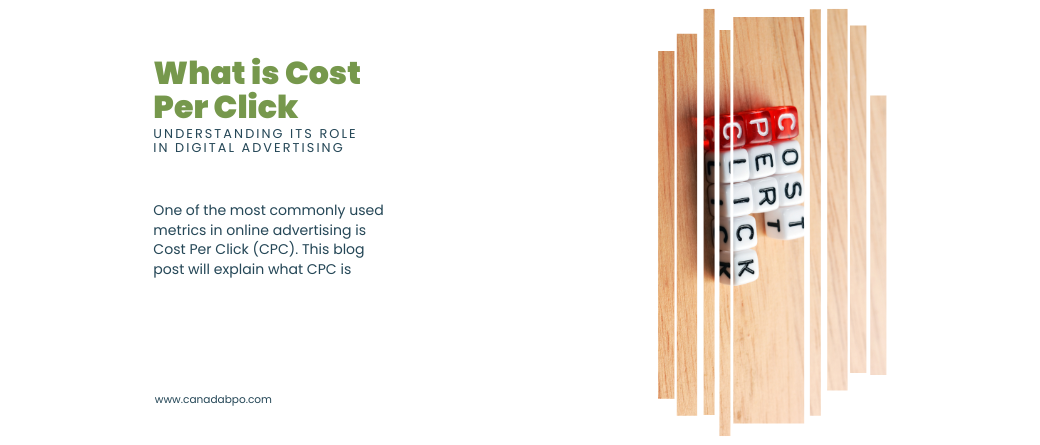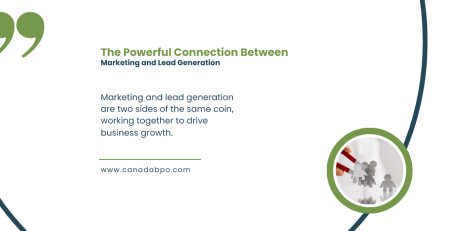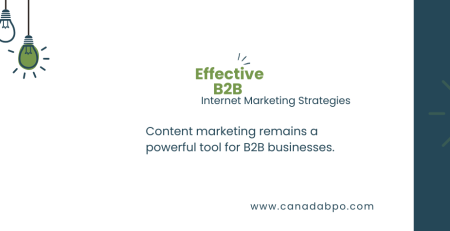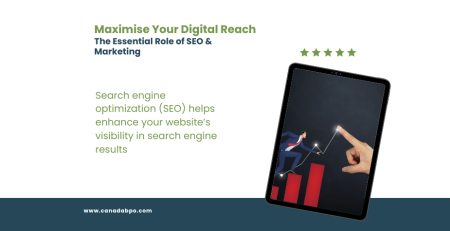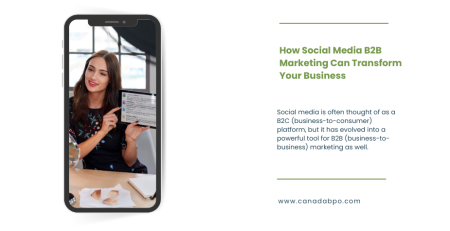In digital advertising, understanding various pricing models is important for optimizing your marketing efforts and budget. One of the most commonly used metrics in online advertising is Cost Per Click (CPC). This blog post will explain what CPC is, how it works, and its significance in digital marketing.
What is Cost Per Click (CPC)?
Cost Per Click (CPC) is a digital advertising pricing model where advertisers pay a fee each time their ad is clicked by a user. It is a way of buying visits to your site, rather than earning those visits organically. CPC is often used in search engine advertising (such as Google Ads) and social media advertising (such as Facebook Ads) to drive traffic to websites or landing pages.
How CPC Works
- Bidding Process
In CPC advertising, advertisers participate in a bidding process to determine the cost of each click. They set a maximum bid, which is the highest amount they are willing to pay per click. The actual CPC can vary based on factors like competition, ad quality, and relevance. For example, if multiple advertisers are bidding for the same keyword, the cost per click may increase. - Ad Auction
When a user performs a search or views a page where ads are displayed, an auction takes place to determine which ads will appear and in what order. The auction takes into account various factors, including the advertiser’s bid, ad relevance, and quality score. Ads with higher relevance and quality may win the auction even if their bid is lower. - Payment Structure
Advertisers are charged based on the number of clicks their ads receive, not the number of times their ads are displayed (impressions). This means you only pay when a user interacts with your ad by clicking on it. The cost per click is calculated by dividing the total amount spent on advertising by the number of clicks received.
Why CPC Matters
- Budget Control
CPC provides a way for advertisers to control their budget by setting a maximum bid and only paying when users click on their ads. This allows for precise budget management and helps ensure that advertising spend is allocated efficiently. - Performance Measurement
CPC is a key metric for measuring the performance of digital advertising campaigns. By analyzing CPC data, advertisers can evaluate the effectiveness of their ads and identify areas for improvement. Lower CPCs often indicate better ad relevance and targeting, while higher CPCs may signal increased competition or the need for better optimization. - ROI Optimization
Optimizing CPC is essential for achieving a positive return on investment (ROI). Advertisers aim to achieve a balance between a competitive bid and a cost-effective CPC. Lowering CPC while maintaining high-quality traffic can enhance ROI by reducing advertising costs and improving conversion rates. - Targeting Efficiency
CPC allows for targeted advertising by bidding on specific keywords or audience segments. This targeting ensures that ads are shown to users who are more likely to be interested in the product or service being advertised. Effective targeting can lead to higher click-through rates and better overall campaign performance.
Factors Affecting CPC
- Keyword Competition
Keywords with high search volume and competitive bidding can drive up CPC. For instance, highly sought-after keywords in competitive industries may have higher CPC rates. Conversely, long-tail keywords with lower competition may have lower CPCs. - Ad Quality and Relevance
The quality and relevance of your ads play a significant role in determining CPC. Search engines and social media platforms assess the quality of ads based on factors like ad copy, landing page experience, and user engagement. High-quality ads with strong relevance are more likely to achieve lower CPCs and better ad placements. - Target Audience
The demographics and interests of your target audience can impact CPC. Ads targeting highly specific or niche audiences may have different CPC rates compared to those targeting broader audiences. Understanding your audience and refining targeting parameters can help optimize CPC. - Ad Position and Placement
The position and placement of your ad on the search results page or social media platform can affect CPC. Ads in higher positions or more prominent placements may have higher CPC rates due to increased visibility and competition.
Best Practices for Managing CPC
- Conduct Keyword Research
Perform thorough keyword research to identify relevant keywords with optimal CPC rates. Use tools like Google Keyword Planner or SEMrush to find keywords that align with your business objectives and have manageable competition. - Optimize Ad Copy and Landing Pages
Ensure that your ad copy and landing pages are compelling, relevant, and aligned with user intent. High-quality ad copy and a seamless user experience can improve ad performance and potentially reduce CPC. - Monitor and Adjust Bids
Regularly monitor your CPC metrics and adjust your bids as needed. Analyze performance data to identify trends and make data-driven decisions to optimize your bidding strategy and achieve better results. - Use Negative Keywords
Implement negative keywords to filter out irrelevant traffic and reduce unnecessary clicks. Negative keywords help prevent your ads from appearing for unrelated searches, improving targeting efficiency and potentially lowering CPC. - Test and Refine Strategies
Continuously test and refine your CPC strategies by experimenting with different keywords, ad formats, and targeting options. A/B testing and performance analysis can provide insights into what works best and help you optimize your campaigns for better results.
Cost Per Click (CPC) is a fundamental concept in digital advertising that allows advertisers to drive targeted traffic to their websites and measure the effectiveness of their campaigns. By understanding how CPC works and the factors that influence it, you can make informed decisions to optimize your advertising efforts and achieve better results.
Effective CPC management involves setting competitive bids, optimizing ad quality, and leveraging data to make strategic adjustments. With a well-planned approach, you can maximize the impact of your digital advertising campaigns and achieve your marketing objectives while managing costs effectively.
